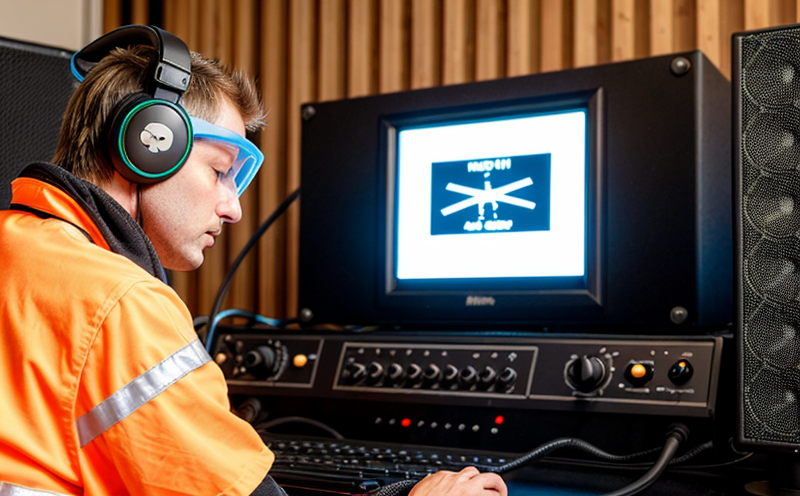ASTM F963 Toy Gun and Cap-Firing Noise Measurement
The ASTM F963-17 standard covers safety requirements for toys, including noise limits to ensure the safety of children. One critical aspect is the measurement of noise generated by cap-firing toy guns like water pistols or air rifles. This section delves into the specifics of measuring and ensuring compliance with the noise levels set out in ASTM F963.
The standard defines a cap-firing toy as one that has a barrel capable of discharging a projectile, such as a water balloon or dart, which is ejected by the ignition of a chemical charge. The primary concern here is the noise emitted during this process to prevent auditory damage in children. Cap-firing toys must meet specific noise limits to ensure safety.
The testing procedure outlined in ASTM F963 involves several steps that are critical for compliance:
- Preparation of the toy: Ensure the cap-firing mechanism is operational and the projectile (e.g., water balloon or dart) is correctly loaded into the barrel.
- Placement and orientation: The toy must be placed in a specific position to simulate real-world usage. This can vary based on the type of toy being tested but generally involves positioning it so that the discharge direction aligns with the intended use.
- Noise measurement: Using an approved sound level meter, measure the peak noise levels generated during the discharge process. The instrument must be calibrated according to ASTM standards for accurate results.
Once the measurements are taken, they should be compared against the noise limits specified in the standard. Typically, these limits are based on the distance from the toy and the type of projectile used. Compliance with these noise levels is crucial to ensure that children using cap-firing toys do not risk auditory damage.
The importance of this testing cannot be overstated, especially given the increasing use of interactive toys among young children. By adhering to ASTM F963 standards, manufacturers can ensure their products meet safety regulations and protect children from potential harm.





